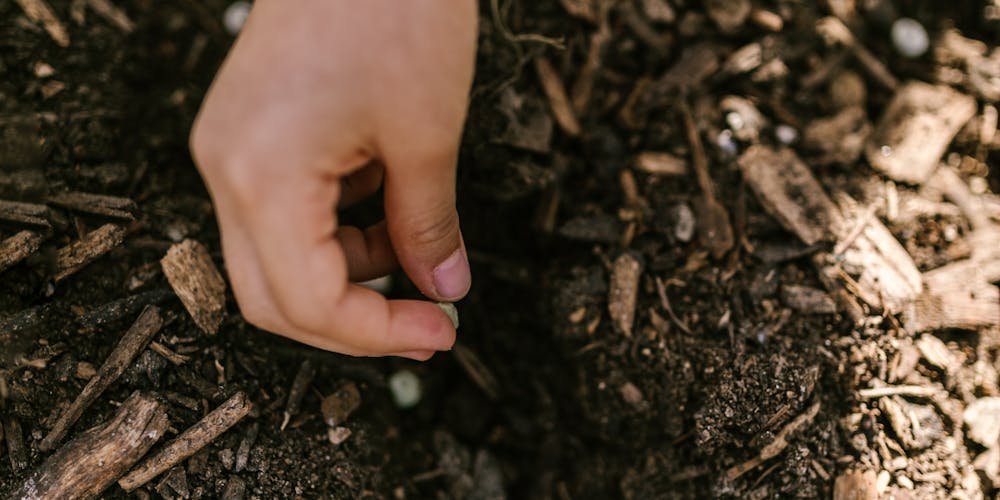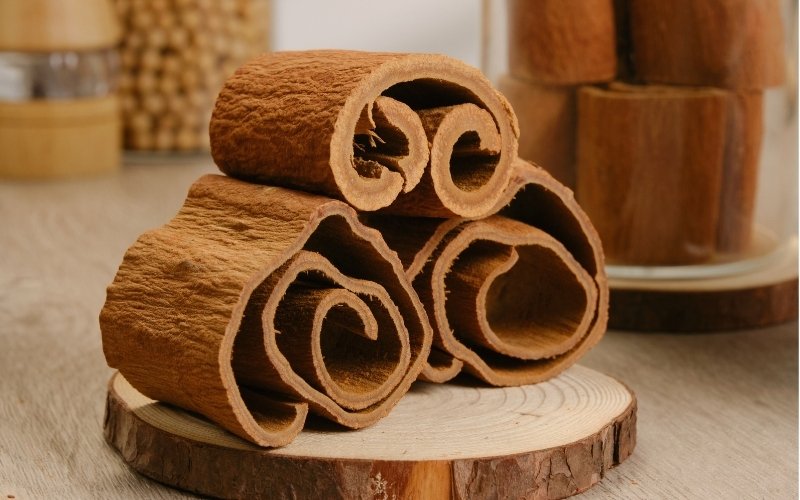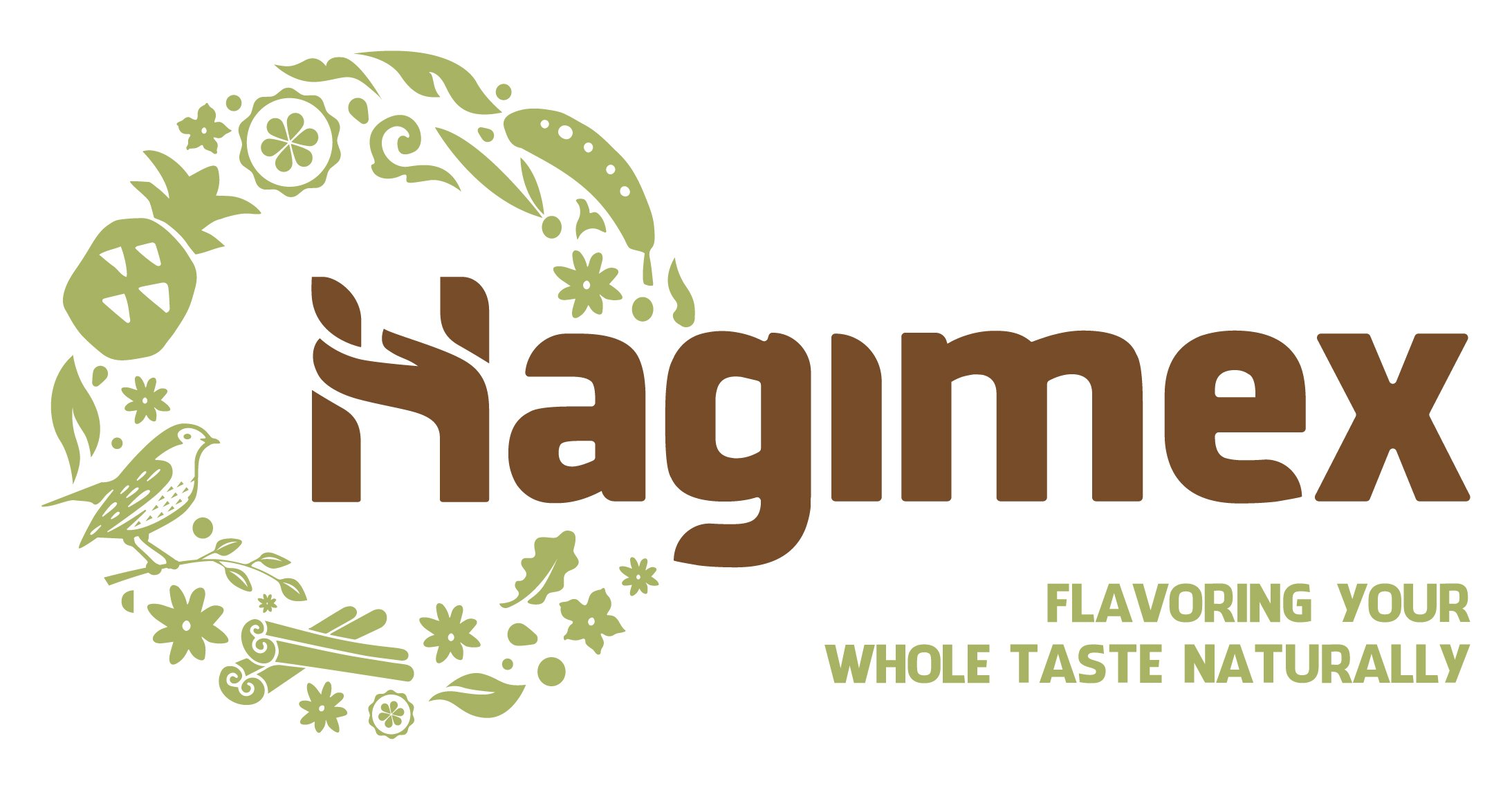[Hagimex shares] Cinnamon cultivation techniques in Vietnam
Cinnamon is one of the most popular spices used worldwide, known for its sweet and spicy flavor. It's an essential ingredient in many dishes, from desserts to savory recipes, and also used in teas and beverages. Vietnam is one of the largest producers of cinnamon sticks, and the cinnamon cultivation techniques used in the country are key to the spice's high quality. In this article, we will explore how cinnamon is grown in Vietnam and the techniques used to produce the best cinnamon.
How Cinnamon Is Grown in Vietnam
Cinnamon trees thrive in the humid, tropical climate of Vietnam, particularly in regions such as Quang Nam, Quang Ngai, and Yen Bai. These areas are known for their fertile soil and ideal weather conditions for cinnamon cultivation. Here are the main steps in the process:
Choosing the Right Location for Cinnamon Planting
The location is the most important factor affecting the growth of cinnamon trees. Cinnamon grows well in tropical monsoon climates, where the humidity is relatively high. The soil should have a pH level between 5.0 and 6.5, be nutrient-rich, and have good drainage.
Before planting, it is important to survey the land to determine the type of soil, the nutrient levels, and the drainage condition. This helps farmers choose the best areas for planting cinnamon.
Choosing the Right Cinnamon Variety
Choosing the right cinnamon variety plays a significant role in the cultivation process. There are many different cinnamon varieties, but those from Central Vietnam are highly preferred due to their flavor and essential oil quality.
Farmers should research the origin of the cinnamon variety, the advantages and disadvantages of each type, and can consult experts or trusted seed suppliers like Hagimex.

Cinnamon Planting Season
The planting season is an important factor in ensuring good plant development. The ideal time to plant cinnamon is at the beginning of the rainy season, usually from April to June every year. During this time, the plants can easily grow and absorb water and nutrients from the soil.
Farmers need to prepare the land and take proper care to ensure the cinnamon trees develop well from the very beginning.
Cinnamon harvesting and processing process: Creating high-quality cinnamon sticks
The cinnamon harvesting and processing process is a crucial step in creating high-quality cinnamon products. This process not only affects the commercial value but also determines the flavor and quality of the final product.
Harvesting Time for Cinnamon
The best time for harvesting cinnamon depends on the growth of the tree. Usually, after about 3-4 years of planting, the cinnamon tree reaches maturity and can be harvested.
Farmers need to monitor the growth of the tree to identify the best time for harvesting. Checking the leaves, tree trunk, and other signs helps ensure that the cinnamon is harvested at its optimal stage.
Cinnamon Harvesting Techniques
The harvesting techniques are very important and affect the quality of the cinnamon after processing. Farmers should use a sharp knife to cut the cinnamon bark to avoid damaging the tree and to keep the bark from cracking or becoming damaged.
After cutting, the cinnamon bark should be processed immediately to ensure its flavor and quality. If left too long, the bark may lose its natural aroma, and the quality of the product can be affected.
Cinnamon Processing Process
After harvesting, the cinnamon will be processed right away to create high-quality cinnamon sticks. The processing process includes steps such as washing, drying, and grinding.
Drying the cinnamon under the sun helps reduce moisture and preserves the flavor and quality of the product. After that, the cinnamon can be ground into powder or cut into sticks for consumption.
Hagimex and Its Commitment to Quality Cinnamon
At Hagimex, we understand the importance of high-quality cinnamon. Our products are made from the best Vietnamese cinnamon sticks, sourced from local farmers who use the best cinnamon cultivation techniques. By working closely with these farmers, we ensure that every cinnamon stick we offer is of the highest quality, packed with flavor and aroma.
We are committed to sustainable farming practices and the responsible sourcing of cinnamon. Through our partnerships with local growers, we help support the community and promote the use of eco-friendly cultivation techniques that protect the environment.

How to Use Cinnamon Sticks in Cooking
Cinnamon sticks are a versatile ingredient in the kitchen. Here are a few ways to use them:
Beverages: Use cinnamon sticks to flavor hot drinks like tea, coffee, or hot chocolate. They add a warm, aromatic flavor that enhances any beverage.
Baking: Cinnamon sticks can be used to infuse flavor into cakes, pies, and pastries. Simply add a cinnamon stick to your batter or dough to give it a sweet, spicy flavor.
Cooking: Add cinnamon sticks to stews, curries, and sauces for a subtle yet aromatic flavor. They are especially popular in Indian and Middle Eastern cooking.

>>> You might be interested: Gusto organic cinnamon powder at a good price | genuine
In Vietnam, cinnamon cultivation techniques are the key to producing high-quality cinnamon with exceptional flavor. From selecting the right cinnamon trees to properly harvesting and processing the bark, these techniques ensure that every batch of cinnamon sticks is perfect for use in a variety of dishes.
If you’re looking for premium-quality cinnamon sticks, look no further than Hagimex. We offer the best cinnamon, sourced directly from Vietnam, using sustainable and traditional farming techniques. Explore our range of cinnamon products today and bring the rich, aromatic flavor of Vietnamese cinnamon into your kitchen.
 Hotline: +84-24-36649972
Hotline: +84-24-36649972 Email: info@hagimex.com
Email: info@hagimex.com